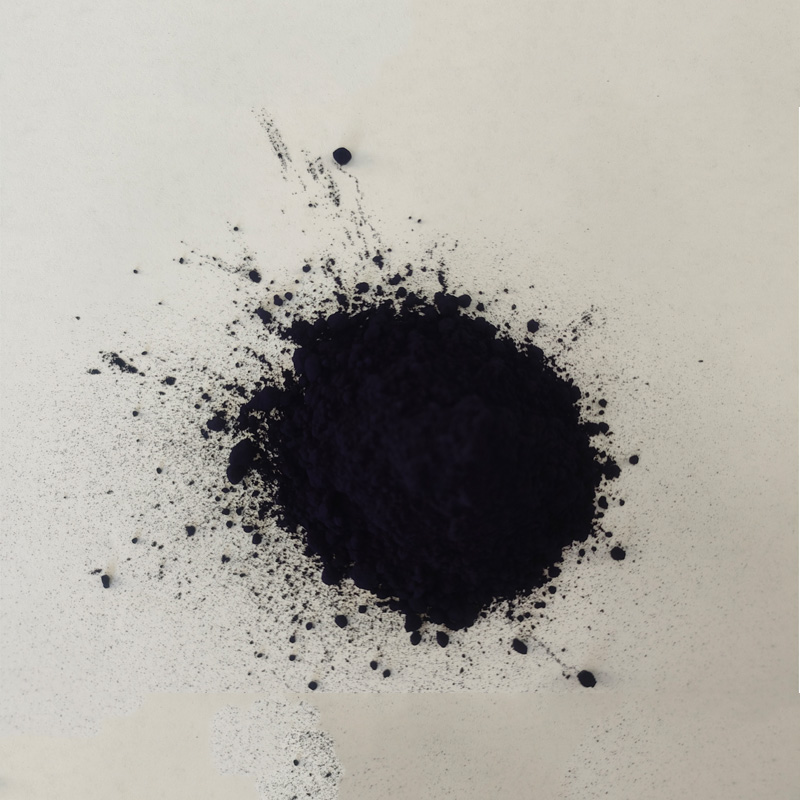Supplier of Indigo Dye for Textile Applications and Fabric Coloring Needs
The Rise of Indigo Dye for Fabric A Sustainable Choice
Indigo dye has long been cherished for its vibrant, deep blue hue, making it a popular choice for fabric dyeing across the globe. As consumers become increasingly conscious of the environmental impacts of textile production, indigo dye is emerging as a sustainable alternative that not only offers aesthetic appeal but also aligns with eco-friendly practices. In this article, we will explore the history of indigo dye, its uses in fabric production, and the advantages of choosing indigo from reliable suppliers.
A Brief History of Indigo Dye
The history of indigo dye dates back thousands of years, with evidence of its use found in ancient cultures across Asia, Africa, and the Americas. The earliest records of indigo-dyed textiles can be traced to the Indus Valley Civilization around 2500 BC. Since then, indigo has played a significant role in the textile industry, leading to the establishment of trade routes and the growth of economies centered around this valuable dye.
Traditionally, indigo dye was extracted from the leaves of the Indigofera plant. The leaves are fermented and processed to produce a blue dye that can be applied to various fabrics. Today, while synthetic indigo dominates the market, there is a resurgence in the demand for natural indigo dye, driven by a growing preference for sustainable and organic materials.
The Process of Indigo Dyeing
Indigo dyeing is a unique process that involves several intricate steps. The fabric is first prepared through washing and scouring to remove impurities. Next, it is immersed in a dye bath containing the indigo solution. Unlike other dyes, indigo dye requires a reduction process to become soluble in water, allowing it to penetrate the fibers of the fabric. After dyeing, the fabric is exposed to air, which triggers the oxidation process, resulting in the characteristic deep blue color.
indigo dye for fabric supplier

One of the most appealing aspects of indigo dyeing is its ability to create rich and varied shades, depending on the number of dips and the specific dyeing technique used. This versatility opens the door to a wide array of design possibilities, making indigo-dyed fabrics a favorite among fashion designers and artisans.
Choosing an Indigo Dye Supplier
When selecting an indigo dye supplier, there are several factors to consider. First and foremost, the supplier’s commitment to sustainability and ethical practices should be evaluated. As consumers demand more transparency in production processes, suppliers that source their indigo naturally and responsibly are gaining a competitive edge in the market.
Moreover, the quality of the indigo dye itself is crucial. High-quality indigo will produce vibrant, long-lasting colors while remaining gentle on the environment. Reputable suppliers often provide detailed information about their production methods, including whether their indigo is derived from synthetic sources or harvested from natural plants.
Another important consideration is the range of products offered by the supplier. Ideally, a good supplier will provide a variety of indigo shades, fabrics, and dyeing techniques, enabling creative freedom for designers and manufacturers alike. Additionally, suppliers who invest in research and development to improve dye processes and reduce waste contribute positively to the sustainability of the textile industry.
Conclusion
Indigo dye is not only a historical and cultural icon but also a sustainable choice in the modern textile market. As the industry shifts towards more environmentally friendly practices, the demand for natural indigo continues to grow. By selecting reliable suppliers who prioritize quality, ethical production, and sustainability, both designers and consumers can contribute to a healthier planet while enjoying the luxurious beauty of indigo-dyed fabrics. Whether it’s for fashion, home textiles, or artisanal crafts, indigo dye represents an intersection of tradition, quality, and sustainability that is hard to resist. As we continue to navigate the complexities of our environmental impact, embracing the beauty and sustainability of indigo will undoubtedly play a significant role in the future of fabric production.
-
The Timeless Art of Denim Indigo Dye
NewsJul.01,2025
-
The Rise of Sulfur Dyed Denim
NewsJul.01,2025
-
The Rich Revival of the Best Indigo Dye
NewsJul.01,2025
-
The Enduring Strength of Sulphur Black
NewsJul.01,2025
-
The Ancient Art of Chinese Indigo Dye
NewsJul.01,2025
-
Industry Power of Indigo
NewsJul.01,2025
-
Black Sulfur is Leading the Next Wave
NewsJul.01,2025

Sulphur Black
1.Name: sulphur black; Sulfur Black; Sulphur Black 1;
2.Structure formula:
3.Molecule formula: C6H4N2O5
4.CAS No.: 1326-82-5
5.HS code: 32041911
6.Product specification:Appearance:black phosphorus flakes; black liquid

Bromo Indigo; Vat Bromo-Indigo; C.I.Vat Blue 5
1.Name: Bromo indigo; Vat bromo-indigo; C.I.Vat blue 5;
2.Structure formula:
3.Molecule formula: C16H6Br4N2O2
4.CAS No.: 2475-31-2
5.HS code: 3204151000 6.Major usage and instruction: Be mainly used to dye cotton fabrics.

Indigo Blue Vat Blue
1.Name: indigo blue,vat blue 1,
2.Structure formula:
3.Molecule formula: C16H10N2O2
4.. CAS No.: 482-89-3
5.Molecule weight: 262.62
6.HS code: 3204151000
7.Major usage and instruction: Be mainly used to dye cotton fabrics.

